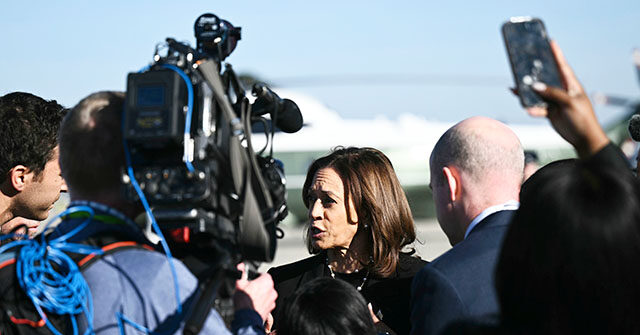Former President Donald Trump’s sustained popularity and strong potential for reelection underscore a notable divide among the American populace regarding the establishment media’s portrayal of him. An unnamed television executive recently remarked to New York Magazine that nearly half of Americans appear to reject mainstream media narratives concerning Trump, indicating that his influence has enabled him to highlight the disconnect between media elites and the sentiments of middle America. This disconnect is corroborated by a Gallup poll indicating a significant decline in public trust in the media, with only 31% of Americans expressing confidence in the media’s ability to report fairly and accurately. The executive emphasized that Trump’s standing among voters, despite mainstream media criticism, represents a total breakdown of trust, implying that a potential Trump victory could fundamentally disrupt the current media landscape.
The media’s longstanding animosity toward Trump appears to inadvertently bolster his image, as noted by New York Magazine’s Charlotte Klein. In a larger context, media efforts to diminish Trump’s influence—particularly the attempt to “deplatform” him post-2020—have reportedly backfired. A television executive articulated that this strategy led to the cultivation of a “alternative-reality ecosystem” around Trump, further alienating segments of the electorate and contributing to the mainstream media’s decline in relevance. Such dynamics are reflected in corporate decisions by media outlets like The Washington Post and the Los Angeles Times, both of which have chosen not to endorse any presidential candidates in the upcoming election. These decisions, perceived as efforts to restore journalistic impartiality, highlight the struggle media companies face in navigating a politically charged environment deeply affected by voters’ sentiments toward Trump.
The internal conflict within the media extends to editorial leadership and subscriber retention, particularly following controversial stances on sensitive issues like the Gaza war. Patrick Soon-Shiong, owner of the L.A. Times, faced scrutiny after an endorsement decision was seemingly influenced by personal and familial perspectives, leading to ambiguity among readers about the paper’s editorial position. This uncertainty has had tangible repercussions, resulting in significant subscriber losses and resignations within the editorial team, which reflects broader concerns within newsrooms as they prepare for the uncertain landscape of a potential second Trump term.
As Trump positions himself against the media—labeling it the “enemy of the people”—the prospect of retribution looms heavy over news organizations. He has expressed intentions to take action against reporters and media outlets that challenge him, suggesting jail time for certain journalists and the revocation of broadcasting licenses for networks he deems unfavorable. These threats have ignited debates among media executives about the ways they might need to adapt their coverage and editorial policies should Trump return to the presidency. While some in the media seem reticent to address these issues openly, the implications of Trump’s rhetoric are palpably felt by seasoned reporters who have navigated his tumultuous relationship with the press.
Media professionals now encounter an unprecedented challenge, grappling with the reality that their traditional methods of reporting and framing political discourse may no longer resonate with substantial segments of the audience. The prevailing narrative surrounding Trump reveals a rift that not only complicates journalistic integrity but also shifts the nature of political engagement in an era dominated by polarized perspectives. The previously unchallenged authority of mainstream media is increasingly called into question, creating a hesitancy among journalists to fulfill their roles as watchdogs in the face of aggressive counter-narratives pushed by Trump and his supporters.
In conclusion, the landscape of American media is navigating critical challenges influenced heavily by Trump’s intertwining relationship with popular sentiment and the institution of journalism itself. Amid declining trust and the erosion of traditional media barriers, Trump’s approach has exposed weaknesses and prompted stakeholders to reconsider their assessments and responses. As the nation approaches a pivotal election and confronts fundamental questions concerning its political and media fabric, the future of both Trump’s political career and mainstream media’s role in democracy remains uncertain, underscoring a transformative moment in U.S. history that demands scrutiny from both sides of the aisle.

